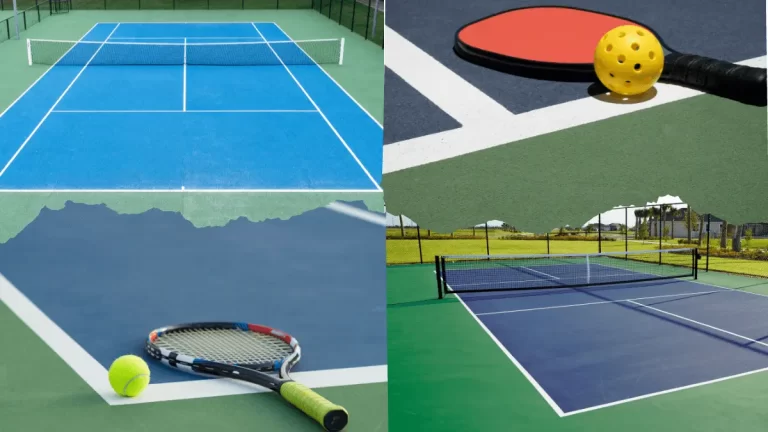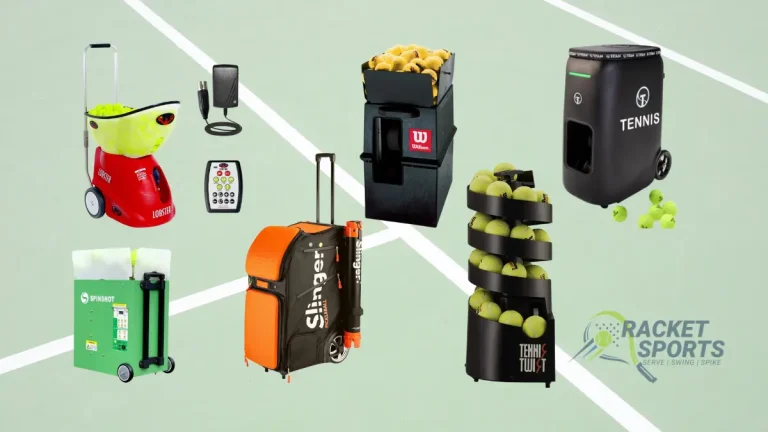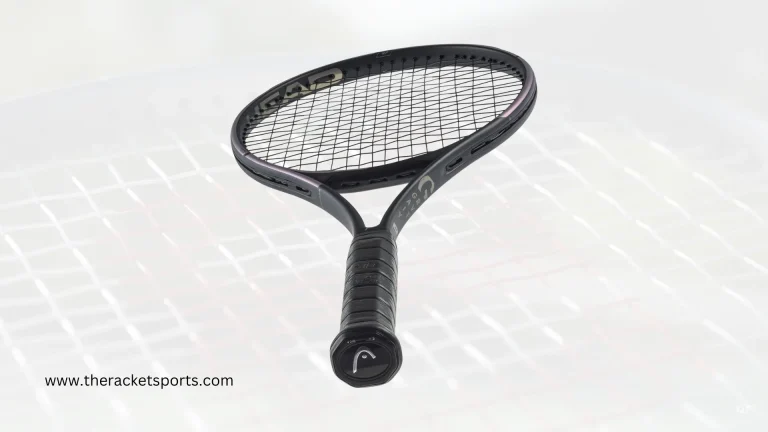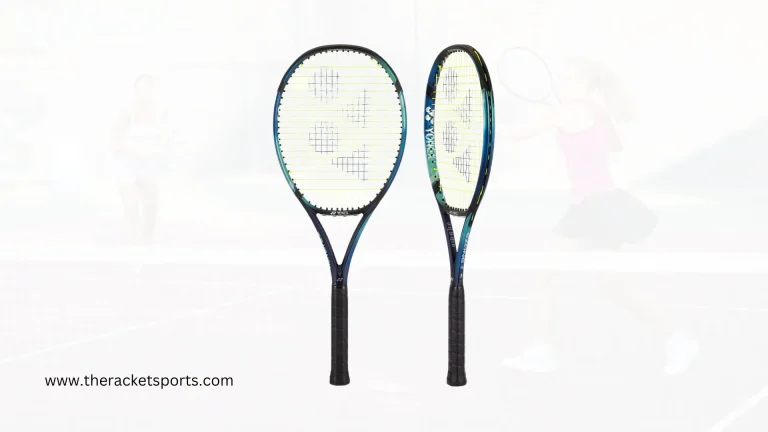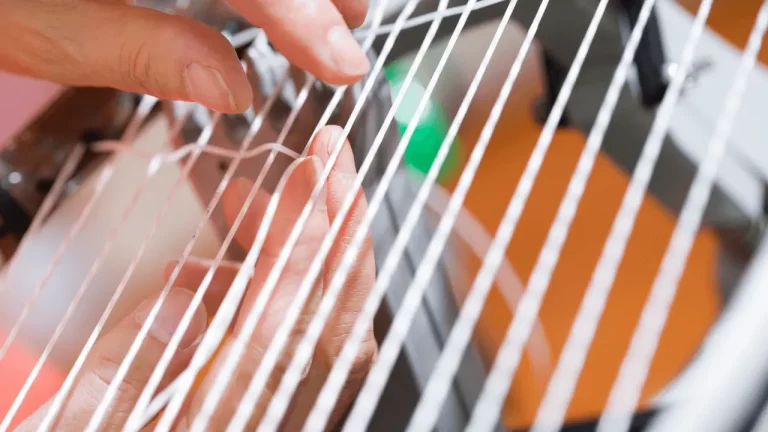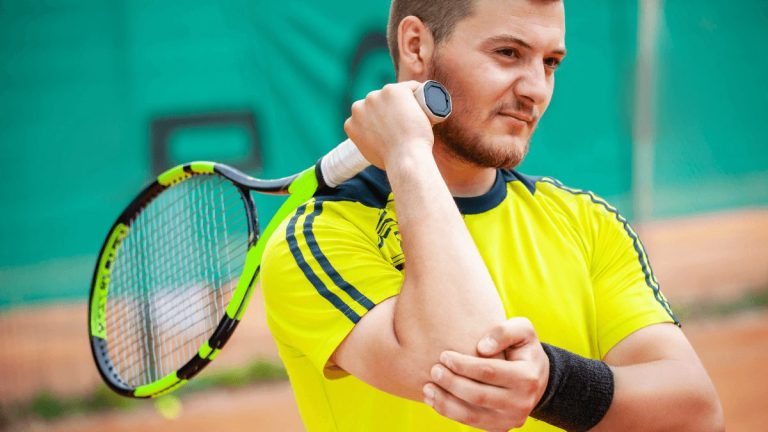Tennis Racket Weight – Finding the Right Balance for Your Game
Even an ounce or gram difference in racket weight can impact your performance and cause injury. But with all the options, selecting the right-weight tennis racket is tricky. Don’t worry; the ideal weight for a tennis racket is between 10 and 11.5 ounces (280 to 325 grams), from providing power and stability to more maneuverability for quick volleys and returns.
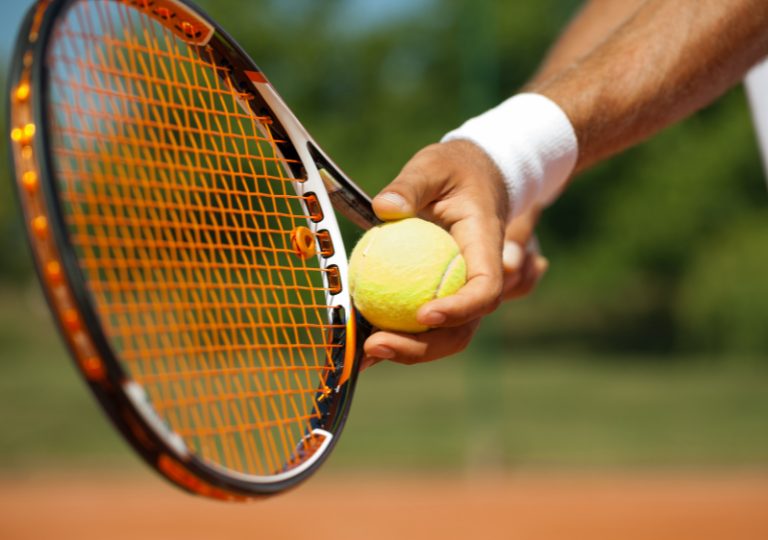
But the question is, what are the criteria based on which we should pick the correct weight tennis racket? And which racket weight is suitable for you? If you want to know in detail, maintain the reading.
Understanding the Science of Tennis Racket Weight
Selecting the right weight depends on factors like skill level, age, gender, and playing style. From heavy tennis rackets over 11 ounces to lightweight rackets under 10 ounces, weight significantly affects power, control, and swing speed. Heavier rackets are robust and powerful, while lighter ones have maneuverability.
The weight range for most adult tennis rackets spans 255-325 grams or 9-11.5 ounces. Too light, and the racket feels unstable; too heavy, it swings sluggishly. Intermediate players often thrive with 10-11-ounce rackets that blend control and power.
But getting an appropriately weighted demo racket allows hitting freely and smoothly. Read on to find your ideal tennis racket weight for maximizing performance.
Key Factors to Consider for Correct Tennis Racket Weight
If you need clarification about which racket you should choose, light or heavyweight, it is nothing related to one factor but depends on factors like size, age, skill level, etc.
Skill Level
Skill level matters a lot in choosing the right tennis racket. Here’s a breakdown:
- If you are a beginner or a junior player, lighter 9-10-ounce rackets are ideal, making it easier to swing and generate racket head speed.
- As an intermediate player, 10-11-ounce rackets are more suitable, as they balance control and stability.
- Heavy 11-12 ounce rackets can be your preference if you are an advanced player, as they provide additional power and excellent plow-through ability.”
Age
Age plays a crucial role in picking the ideal racket weight. Let’s read:
- Tennis Racket For juniors and older players, lightweight rackets, around 9-10.5 ounces, are appreciated as they help reduce fatigue and joint stress.
- For intermediate players, adults in their prime can consider swinging heavier 10.5-11.5-ounce rackets to gain more force and stability.
- For seniors, lighter frames under 11 ounces can be beneficial, offering easier maneuverability.”
Gender
During the selection of an appropriate tennis racket, gender can be a factor, but it’s not the only determinant. Here’s a detail:
- For Women: Women often find lighter rackets, around 9-10.5 ounces, more comfortable, enabling quicker swinging and reaction time on the court.
- For Men: Men tend to favor heavier 10.5-12 ounce rackets, providing more mass and power behind their shots. However, it’s important to note that strength and fitness levels ultimately matter more than gender when selecting the right tennis racket for your game.”
Playing Style
When choosing the right tennis racket, playing style plays a significant role. How, let’s see:
- Aggressive Baseline Players: They benefit from heavier rackets, typically over 11 ounces, enabling more power and depth hitting.
- All-Court and Doubles Players: These players often favor mid-weight rackets, typically in the 10-11-ounce range, as they provide a balanced combination of control, stability, and maneuverability, which suits their versatile style of play.
- Counter-Punchers and Volleyers: For added quickness and agility on the court, lightweight rackets under 10 ounces can be considered by counter-punchers and volleyers, helping them to react swiftly and make precise shots at the net.
The above factors serve as valuable guidelines but are not set in stone. Ultimately, your choice depends on your playing style and what suits you best.
Benefits and drawbacks of adjusting your tennis racket’s weight.
Whether it is lighter or heavier? Finding the sweet spot with your tennis racket’s weight provides an ideal blend of power, control, and arm-friendly swingability. Let’s explore the benefits and drawbacks of adjusting your racket’s importance for your game to play smoothly.
Benefits of a Heavier Tennis Racket
Heavier tennis rackets over 11 ounces provide more power and stability for big hitters and aggressive baseliners. The extra mass produces more force when swinging through contact with the ball, resulting in faster shot speeds and penetrating groundstrokes. The weight also provides plow-through on serves for more pop and higher service velocity.
Additionally, heavier rackets absorb more vibration and sting on off-center hits. The mass helps maintain stability even on poorly struck balls to keep shots in play. This gives more margin for error, which benefits beginners still developing proper technique and timing.
Considerations for Using a Heavy Tennis Racket
While power is a plus, heavier rackets require faster swing speeds and strong arm muscles to wield effectively. A heavy racket can cause fatigue without sufficient strength, especially on extended rallies and long matches. The weight also slows down maneuverability, which can impede reaction times on quick exchanges and returns of serve.
Ensure your fitness level and conditioning allow you to swing a heavier racket without sacrificing mobility or stamina. If recovering from injury, opting for a lighter frame to avoid overexertion is wise.
Also, juniors and smaller players need to be cautious with heavier rackets that could increase the risk of arm and shoulder issues before the body fully matures.
Benefits of a Medium-Weight Tennis Racket
Medium-weight tennis rackets in the 10-11 ounce range offer a versatile blend of control, power, and maneuverability. This weight caters to all-court players with well-rounded games. You get enough mass for stability and pace on groundstrokes, plus ample racquet head speed for spin and finesse shots. Serves have decent power while still allowing quality service returns.
Medium weights also suit a wide range of playing levels and styles. Beginners can develop proper technique without getting overpowered or fatigued. Advanced players can dictate points with a balanced pace and placement. The moderate weight is unlikely to exacerbate arm or shoulder injuries.
Considerations for a Medium-Weight Racket
Medium-weight rackets are a compromise between lighter control frames and heavy power racquets. They don’t specialize at either extreme, so they need more plow-through of heavy rackets on the serve or the nimble quickness of light frames at the net. Matchups against extreme weight categories can pose challenges requiring strategic adjustments.
Overall, medium weight is ideal for well-rounded players, not dependent on an extreme style of play. The blend of attributes caters to singles and doubles on various court speeds and conditions.
Benefits of a Lighter Tennis Racket
Lighter tennis rackets under 10 ounces are designed for control, quickness, and finesse play styles. The minimal mass makes generating fast racquet head speed for spin and whip on groundstrokes easier. Light rackets are also highly maneuverable for quickly changing direction on returns and reacting to fast-paced shots.
Besides, the reduced weight places less strain on the arm, shoulder, and elbow during play. It protects you from minor injuries and prevents your muscles from fatiguing, especially for older players and those recovering from prior injuries. A lighter racket makes playing longer matches and rallies during extended baseline exchanges easier.
Considerations for Using a Light Tennis Racket
While lightweight rackets excel at finesse shots, they offer less power and stability on aggressive swings. Trying to hit heavy topspin or flat drives can twist the racket on impact or result in more mishits. You’ll need to time shots perfectly and utilize flawless technique to drive through the ball effectively with a light racket.
The minimal mass also provides less shock absorption on off-center hits. You’ll feel more vibration and sting, which can exacerbate tennis elbow symptoms. Make sure you have a solid, repeatable swing to benefit from the control of a lighter racket.
Summary Table of Tennis Racket Weights
| Racket Weight | Light (<10oz) | Medium (10-11oz) | Heavy (>11oz) |
|---|---|---|---|
| Benefits | Quick maneuverability, racquet head speed for spin and control, reduced arm fatigue | Balanced power and control suit all-court games | Maximum power on groundstrokes and serves, plow-through, stability |
| Considerations | Lacks stability on big swings, increased vibration, requires precise timing | Not specialized for extreme power or finesse, a compromise | Requires strong physique and swing speed, fatigue, reduced maneuverability |
| Best Suited For | Juniors, finesse players, 1-handed backhands, injury recovery | All-around & intermediate players, singles and doubles | Big hitters, aggressive baseliners, advanced power players |
Conclusion on Finding the Right Balance
Finding your optimal tennis racket weight involves evaluating multiple factors like skill level, age, gender, and playing style. While general weight guidelines exist, personal preference and adaptability matter most.
Test demo rackets across various weights to determine what allows you to swing freely while providing the desired touch and power. A racket that feels too heavy or too light can hinder performance. With the right tennis racket weight suited to your game, you can maximize your shots with enhanced power, control, and confidence.
Remember that customization options like adding lead tape or rubber damping strips can fine-tune a racket’s balance. String type and tension also impact the feel and performance of the racket in play. Finding the right mix of weight, balance, and strings will put you in a position to maximize results on the tennis court.
Frequently Asked Questions
What is a good tennis racket weight for a beginner?
Beginners generally benefit from lighter tennis rackets in the 9-10-ounce range to allow easier swinging and maneuverability. Heavier rackets can be tiring and hard to control for novice players.
Do heavier tennis rackets provide more power?
Heavier tennis rackets above 11 ounces will provide more power and stability for big hitting. The extra mass generates more force behind shots. However, maneuverability is reduced with a very heavy racket.
Are lighter or heavier rackets better for control?
Lighter rackets under 10 ounces allow excellent maneuverability, quickness, and racquet head speed for controlled strokes. But heavier rackets above 11 ounces provide more stability through the swing for consistent, accurate shot placement.
What tennis racket weight do professionals use?
Most professional players use relatively heavy rackets in the 11-12 ounce range to get maximum power and stability on big swings. However, some pros like quicker rackets around 10-11 ounces for added mobility.
How do I know if my tennis racket is too light or heavy?
If your racket feels too unwieldy and you need help swinging smoothly, it may be too heavy. If the racket feels too jittery and lacks stability on contact, it may be too light. The ideal weight allows free swinging and a stable, controlled impact.

